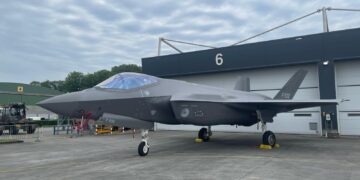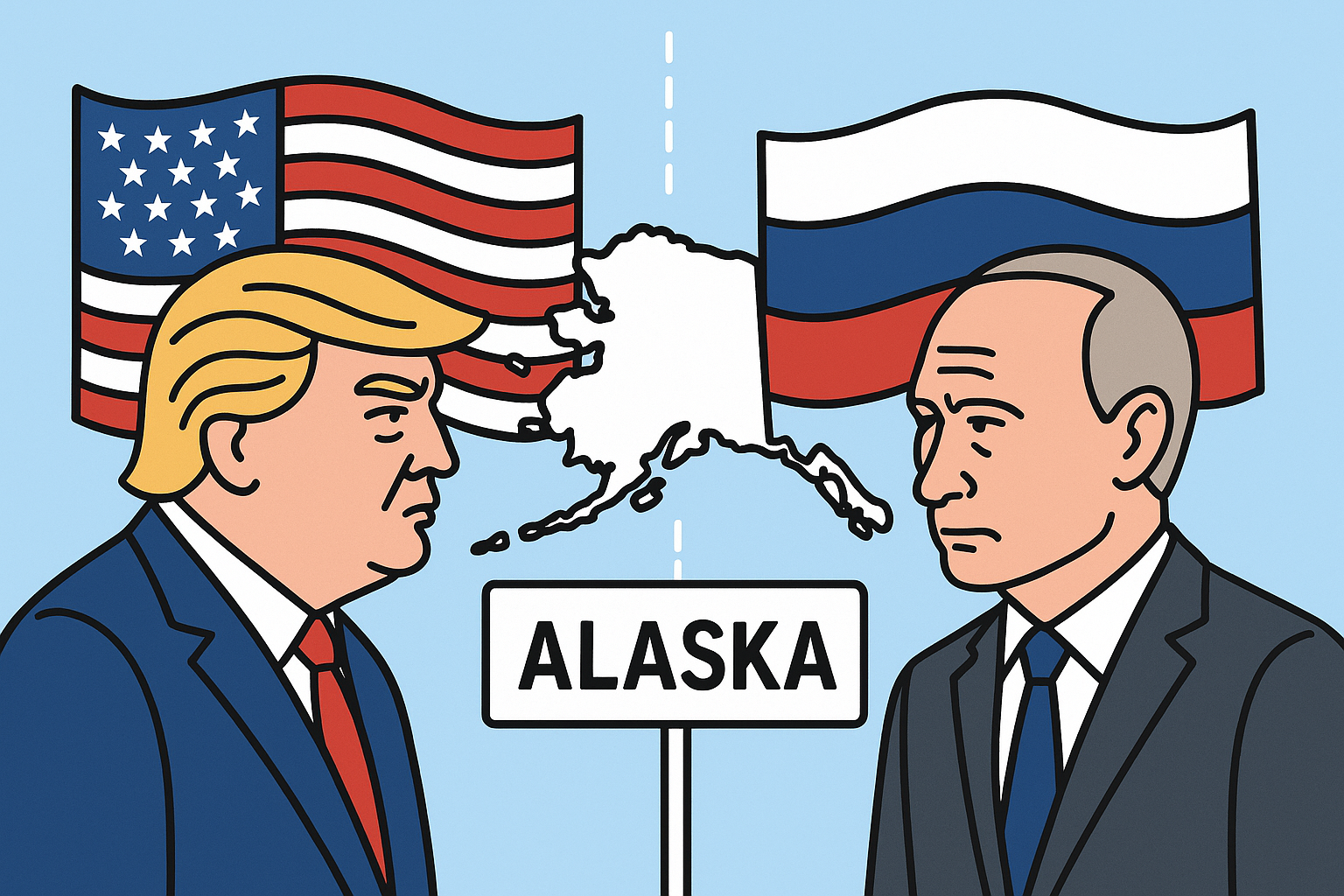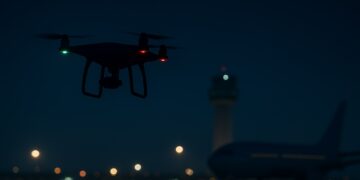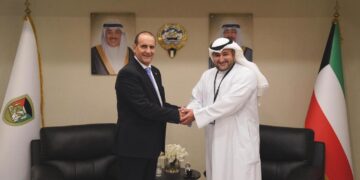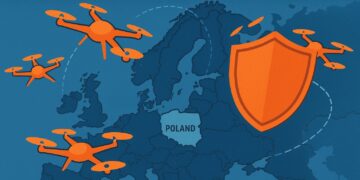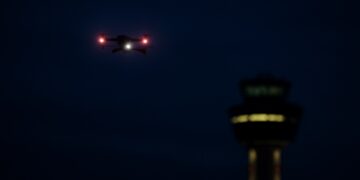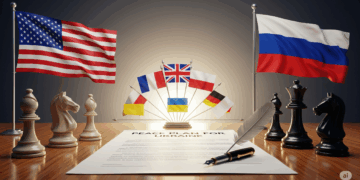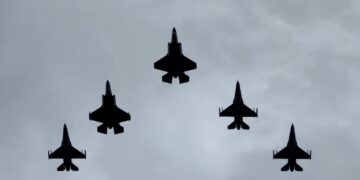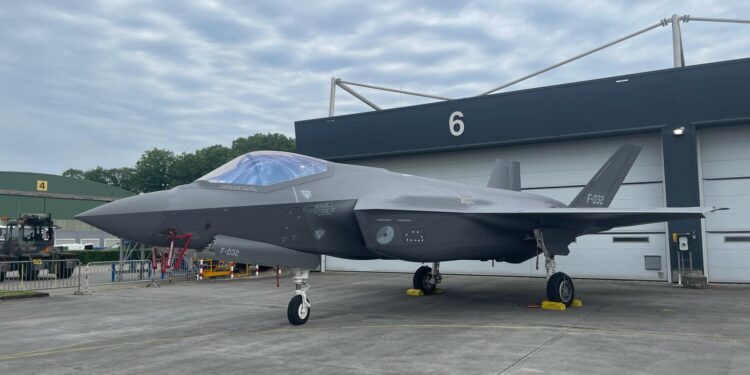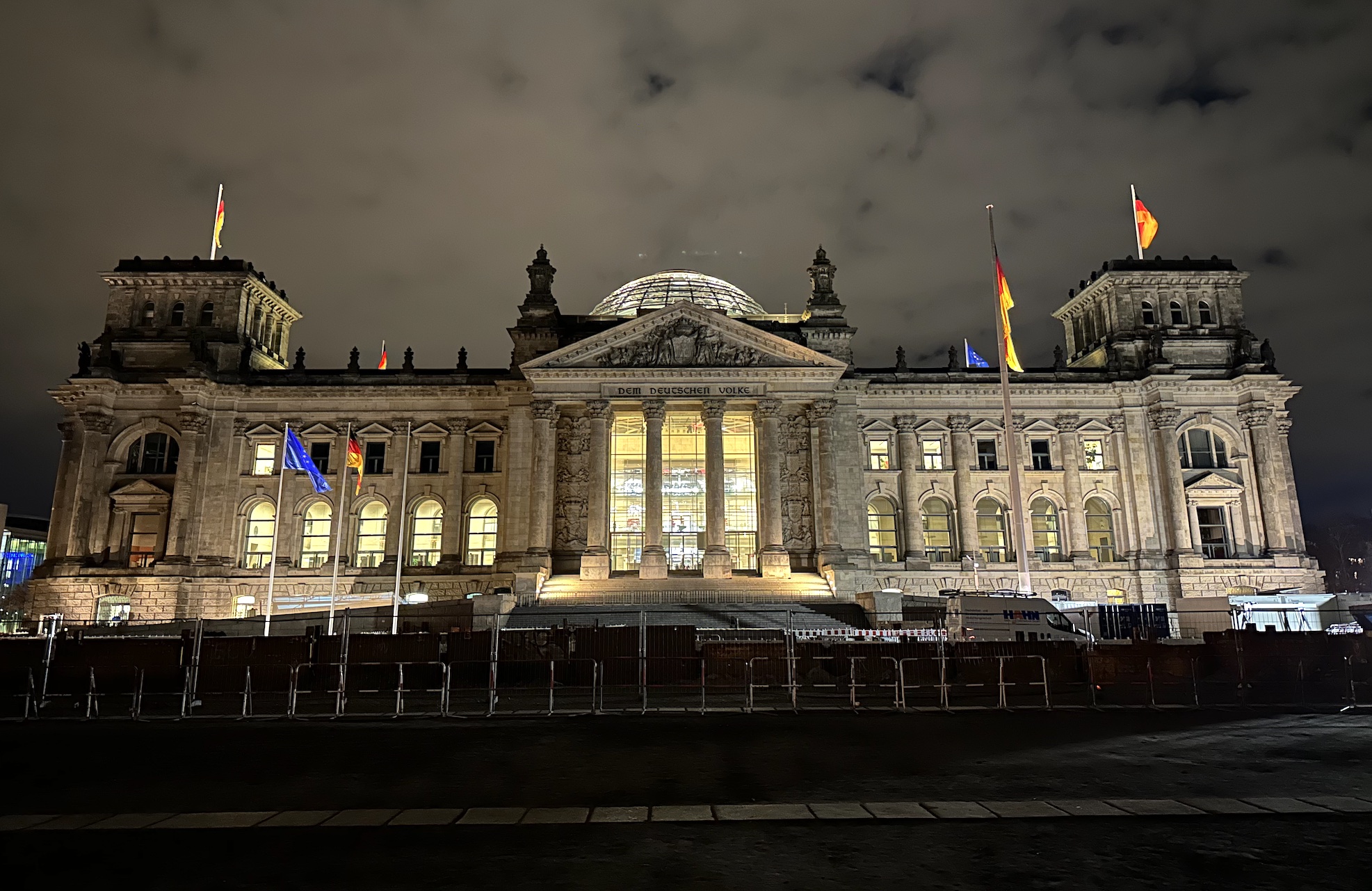For decades, it seemed like a relic of the past. Article 5 of NATO—the alliance’s sacred cornerstone: an attack on one is an attack on all. Who would dare challenge that? Who would even think of attacking Europe, sheltered under America’s nuclear umbrella?
But times have changed. With Trump’s America distancing itself from European defense and tensions with Russia at a boiling point, Ramstein Flag—NATO’s largest air force exercise in Europe—has become an event to watch.
90 aircraft, 12 airfields
This year, Ramstein Flag replaces the annual Frisian Flag drill but remains under the leadership of the Royal Netherlands Air Force. There’s another major shift: while the exercise was traditionally centered around Leeuwarden Air Base, it now spans 12 airfields across Europe, including locations in the Netherlands, Denmark, the United Kingdom, and Germany.
More than 90 fighter jets are participating in this year’s drill, ranging from Eurofighters and Saab Gripens to F-35s, F-15s, and F-16s. Operating these aircraft alongside each other is a challenge in itself, given their diverse capabilities and origins.
“Many will depend on us as a First Responder, tonight if need be”
But perhaps the most striking aspect of Ramstein Flag is its clear-eyed focus. In past years, NATO carefully avoided naming a specific adversary in its exercises. This time, however, the objective is explicit: defending European territory against Russia—with a special emphasis on responding rapidly under an Article 5 scenario. In simple terms: what if Russia were to attack one of its NATO-members, for instance the Baltic states?
“We are proud to host this year’s edition of Ramstein Flag in the Netherlands, ready to test our limits, push our capabilities, and reinforce interoperability across the Alliance,” said Lieutenant General André Steur, Commander of the Royal Netherlands Air Force, in a NATO statement. “When push comes to shove, many will depend on us as a First Responder—tonight if need be. The ability and will to fight together among Allied Air Forces remains NATO’s most significant deterrent.”
Will Europeans notice?
For those living near air bases in northern Netherlands and across Europe, the answer is a resounding yes. The roar of fighter jets—taking off, landing, and even flying at night—will be impossible to ignore.
Will it keep people up at night? Likely. But they’ll sleep a lot more soundly knowing peace is being safeguarded.
